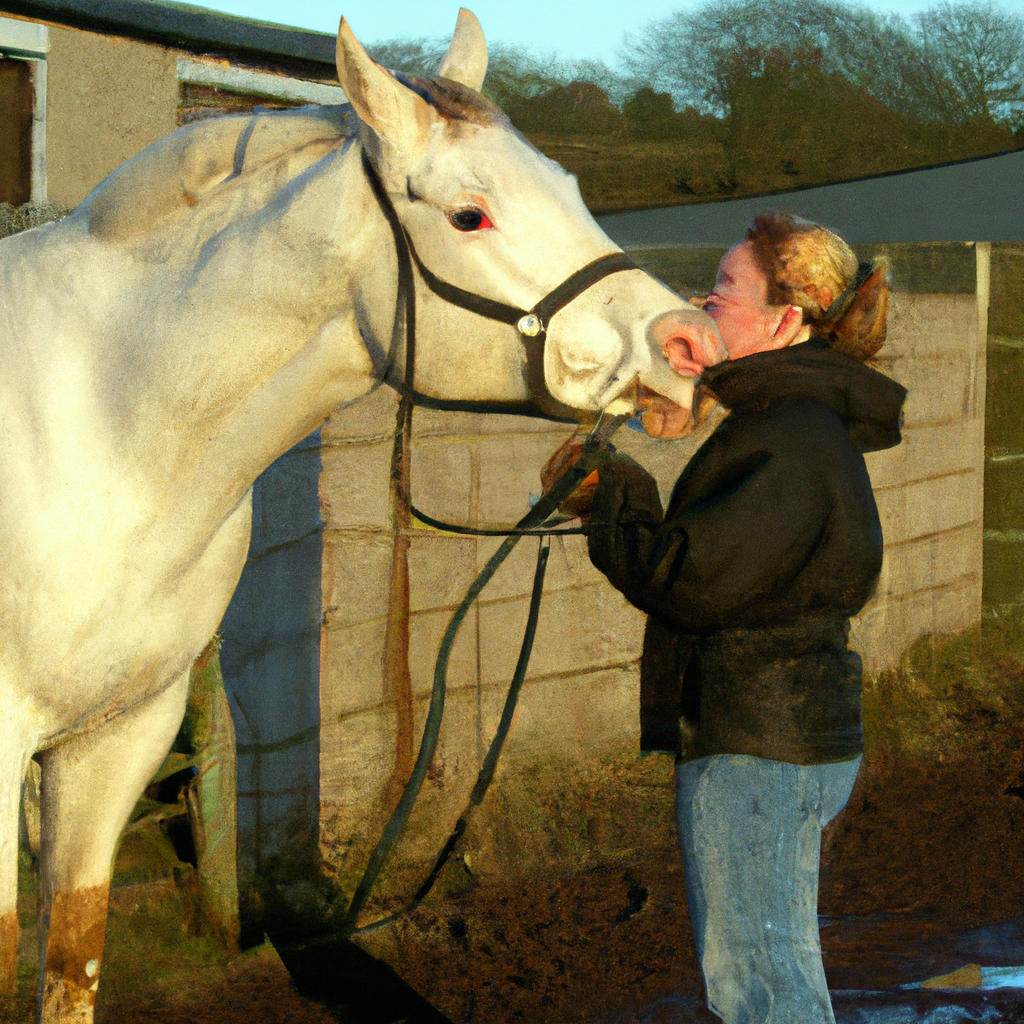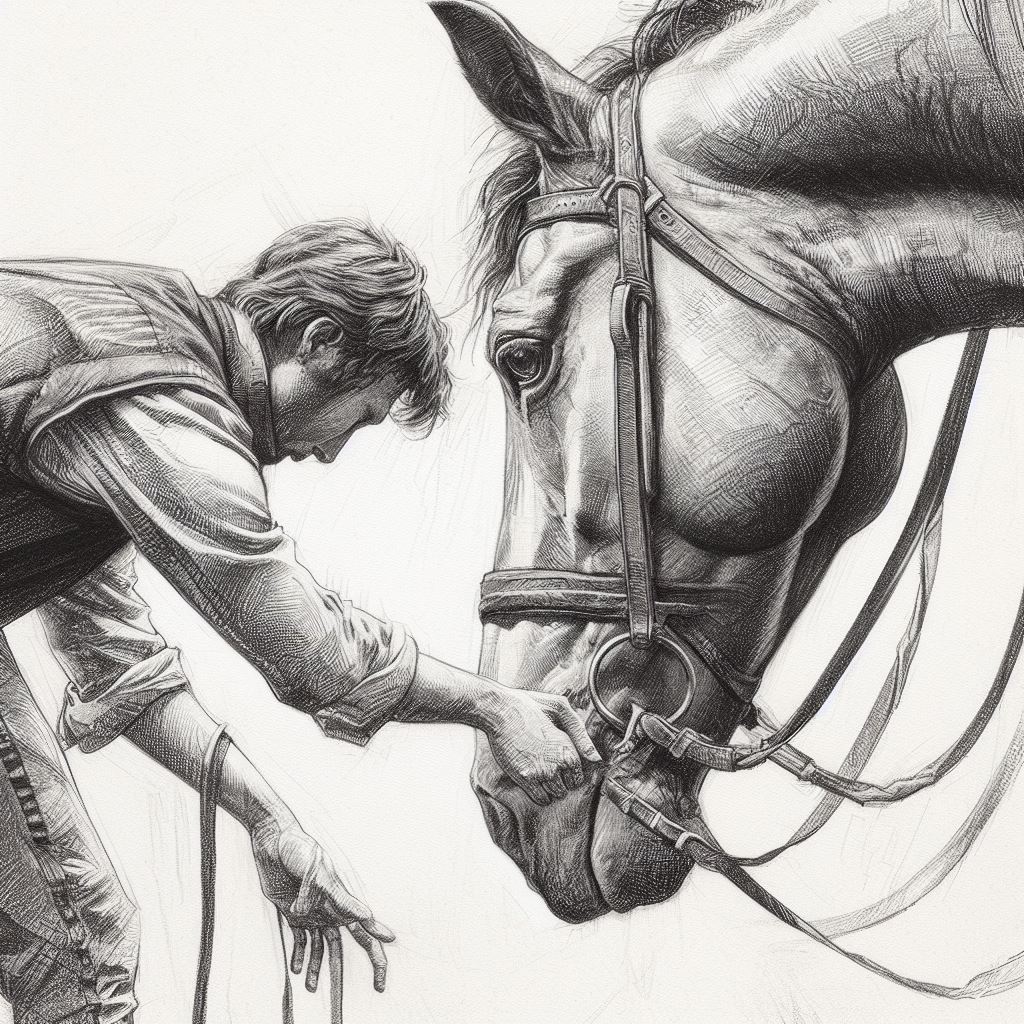Understanding the importance of respect with horses is crucial for anyone working or planning to work with these majestic creatures. “The Essentials of Teaching Horse Respect” is a compelling presentation loaded with practical information that will be advantageous for all horse enthusiasts, regardless of their current skill level. This article outlines effective communication techniques and strategies that will enhance your rapport with horses, emphasizing the significance of mutual trust and respect. After reading, you’ll be better equipped to teach your horse respect in a way that’s healthy, rewarding, and beneficial to you both.
Understanding Horse Behavior
Horses are complex creatures, and understanding their behavior can be fascinating and rewarding. However, it can also be challenging, particularly for those who are new to horsemanship. It’s essential to remember that each horse is a unique individual with its own personality, experiences, and ways of communicating.
Exploring Equine Psychology
Like humans, horses have a rich psychological life. They have emotions, they can feel fear, curiosity, frustration, excitement, and happiness. Moreover, these emotions are deeply connected to their behavior. Understanding the psychology of your horse allows you to communicate better with them and build a stronger bond.
Recognizing Basic Horse Behaviors
Recognizing basic horse behaviors is the foundation of understanding horse behavior. Eating, grooming, exploring, playing, and resting are all fundamental behaviors that you will see in every horse. To maximize your understanding, take the time to observe your horse in different situations. Monitor them carefully, noting any patterns, habits or quirable behaviours. This thoughtful observation will divulge a wealth of information.
Interpreting Equine Body Language
Interpreting equine body language is a crucial skill for anyone hoping to understand horse behavior. A horse’s body language can offer you insights into their emotional state. A tail flicking from side to side, for instance, often indicates annoyance, while wide eyes and flared nostrils suggest fear and anxiety.
Establishing Human-Horse Relationship
Peering into their world is half the story, the other half is your relationship with them. Horses are social animals, and they form powerful bonds with their human caretakers.
Building Trust with Your Horse
Trust is fundamental in establishing a human-horse relationship. Even if a horse enjoys your company, it won’t be cooperative during training without trust. Take your time, be gentle, and engage in lots of positive interactions. Show them you’ve got their best interests at heart, and the trust will gradually build.
Recognizing the Importance of Consistency
Consistency is key in any horse-human relationship. Horses are creatures of habit, and they thrive in a consistent, predictable environment. By being consistent, you show your horse that they can rely on you.
Understanding the Horse’s Perspective
Understanding the horse’s perspective is just as important as understanding their behavior. Keep in mind that horses have their desires and frustrations, and try to empathize with them. This empathy can be a powerful tool in improving your relationship with your horse.
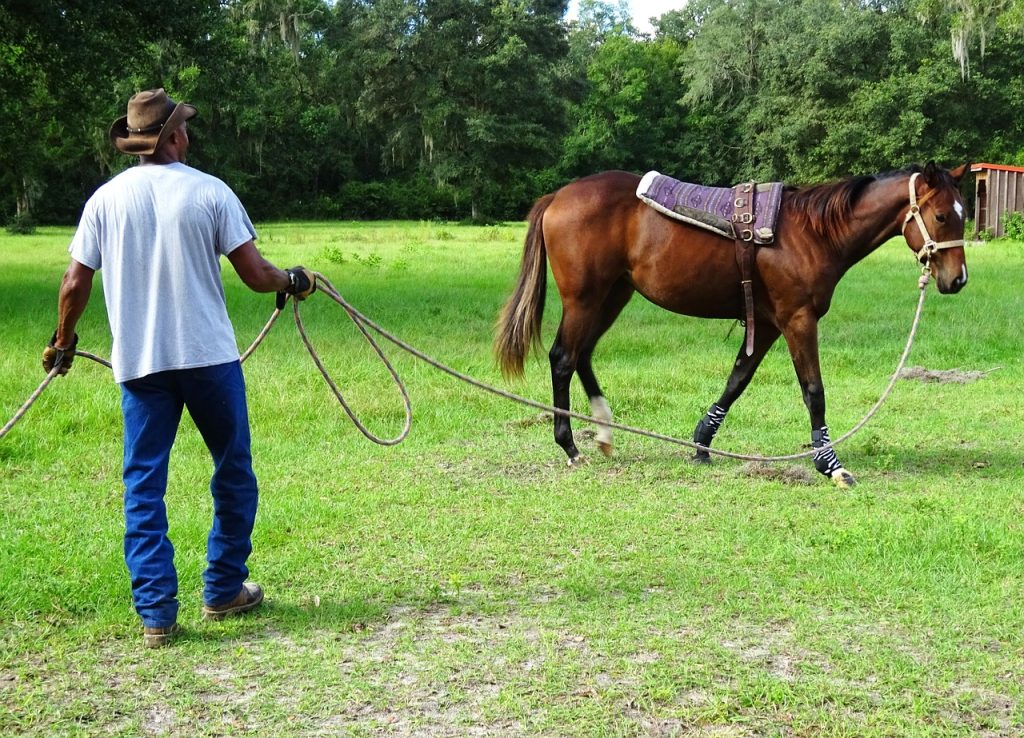
Identifying Misbehavior in Horses
Misbehavior in horses shouldn’t simply be punished or ignored. It’s essential to understand what’s driving the behavior so you can resolve the root cause.
Differentiating Between Misbehavior and Fear
Firstly, it’s crucial to differentiate between misbehavior and fear. If a horse is acting out, it doesn’t necessarily mean they are being defiant or stubborn. Often, it’s because they’re scared. Understanding that can guide your response and lead to more effective solutions.
Addressing Common Horse Behavior Problems
There is a wide range of behavior problems that can occur in horses, from refusing to obey commands to biting and kicking. To address these problems, you need to identify the cause, and then apply appropriate training techniques.
Recognizing Signs of Stress in Horses
Reducing stress in your horse is often a major part of managing behavior problems. Understanding the signs of stress in horses can help you do this effectively. Look for changes in behavior, like increased agitation or lack of appetite, or physical signs such as excessive sweating or rapid breathing.
Creating Safe Environment for Horses
Creating a safe environment is crucial to keeping your horse happy and healthy.
Providing Adequate Space
Horses need plenty of space to roam and graze. If your horse can’t move around freely, it can lead to frustration and health issues. Moreover, providing your horse with the freedom to move can help them feel more at ease and can reduce stress levels.
Ensuring Appropriate Feeding and Watering Mechanisms
Proper feeding and watering are also necessary for a safe horse environment. Horses need a steady supply of fresh water, and their diet should mainly consist of forage, such as grass or hay. Regular access to food and water can help keep your horse healthy and content.
Promoting a Stress-Free Environment
Last but not least, promoting a stress-free environment is key. Stress can lead to numerous health and behavior problems in horses. To minimize stress, keep your horse’s surroundings calm and comfortable, and avoid sudden changes in routine whenever possible.

Using Positive Reinforcement Techniques
Positive reinforcement can dramatically improve a horse’s behavior and strengthen your bond with them.
The Principle Behind Positive Reinforcement
The principle behind positive reinforcement is simple: reward a behavior you want to encourage, and your horse will be likely to repeat it. Instead of focusing on what your horse does wrong, you focus on what they do right.
Using Treats as Reward
Treats are an effective way to reward your horse. However, it’s important not to overdo it. Too many treats can lead to health problems, and your horse might start to expect them all the time. A few treats now and then as a reward for good behavior can make a significant difference.
The Role of Petting and Praise in Horse Training
In addition to treats, petting and verbal praise can be powerful tools in horse training. Remember, it’s not just about the food. Positive reinforcement includes anything that your horse finds rewarding.
Balancing Dominance and Respect
Balancing dominance and respect in your relationship with your horse is crucial. It’s about finding a middle ground where you have control, but your horse doesn’t feel threatened or coerced.
Understanding the Role of Dominance in Horse Training
Dominance plays an essential role in horse training, as horses naturally live in hierarchies. Therefore, your horse should know that you’re the leader. This doesn’t mean you have to be aggressive or harsh; it’s more about setting boundaries and maintaining consistent behavior.
Cultivating Respect Without Fear
Cultivating respect without fear is paramount. You want your horse to view you as a leader, but not to fear you. You can achieve this balance by being firm but fair, and always treating your horse with kindness and consideration.
The Line Between Dominance and Bullying
There’s a fine line between dominance and bullying. Domination based on respect is healthy and essential, whereas bullying based on fear is damaging and counterproductive. Understanding this distinction is key to building a successful relationship with your horse.
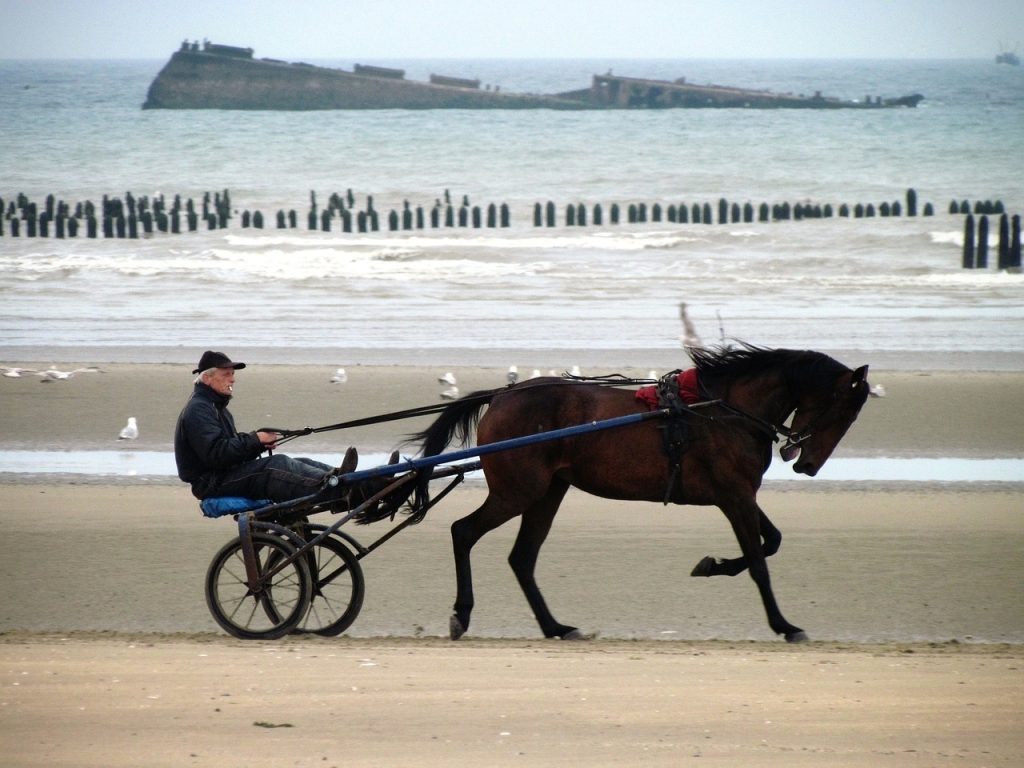
Introducing Boundaries
Setting boundaries with your horse is crucial for maintaining your role as a leader.
Teaching Personal Space
Respecting personal space is one of the first boundaries you should establish with your horse. As a prey animal, a horse needs to know that its space will be respected. This helps to build trust and safety between you and your horse.
Establishing and Maintaining Training Boundaries
Training boundaries are another essential element. These can involve things like not going beyond a certain speed when riding, or not allowing your horse to nibble on you or your clothing. Making these boundaries clear from the start can prevent confusion and difficulty later on.
The Importance of Clear Instructions
Clear instructions are vital in establishing boundaries with your horse. If a horse is confused about what’s expected of it, it can become anxious and resistant. By providing clear, consistent instructions, you ensure your horse knows exactly what’s expected.
The Role of Regular Training
regular training plays a significant role in managing horse behavior and relationships.
Creating a Consistent Training Schedule
Consistency is key in horse training. Plan and stick to a regular training schedule. This helps your horse understand what is expected of them, and ensures they don’t get rusty on the tasks they’ve already learned.
Introducing New Commands Gradually
When introducing your horse to new commands, be patient. Gradual introduction helps your horse to understand and properly respond. Consistency, patience, and repetition are your allies in this process.
Challenges in Horse Training and How to Overcome Them
Horse training certainly comes with its challenges. Things like a limited attention span, fear, or even health problems can interfere with training. However, with patience, persistence, and understanding, these issues can be effectively managed or overcome.
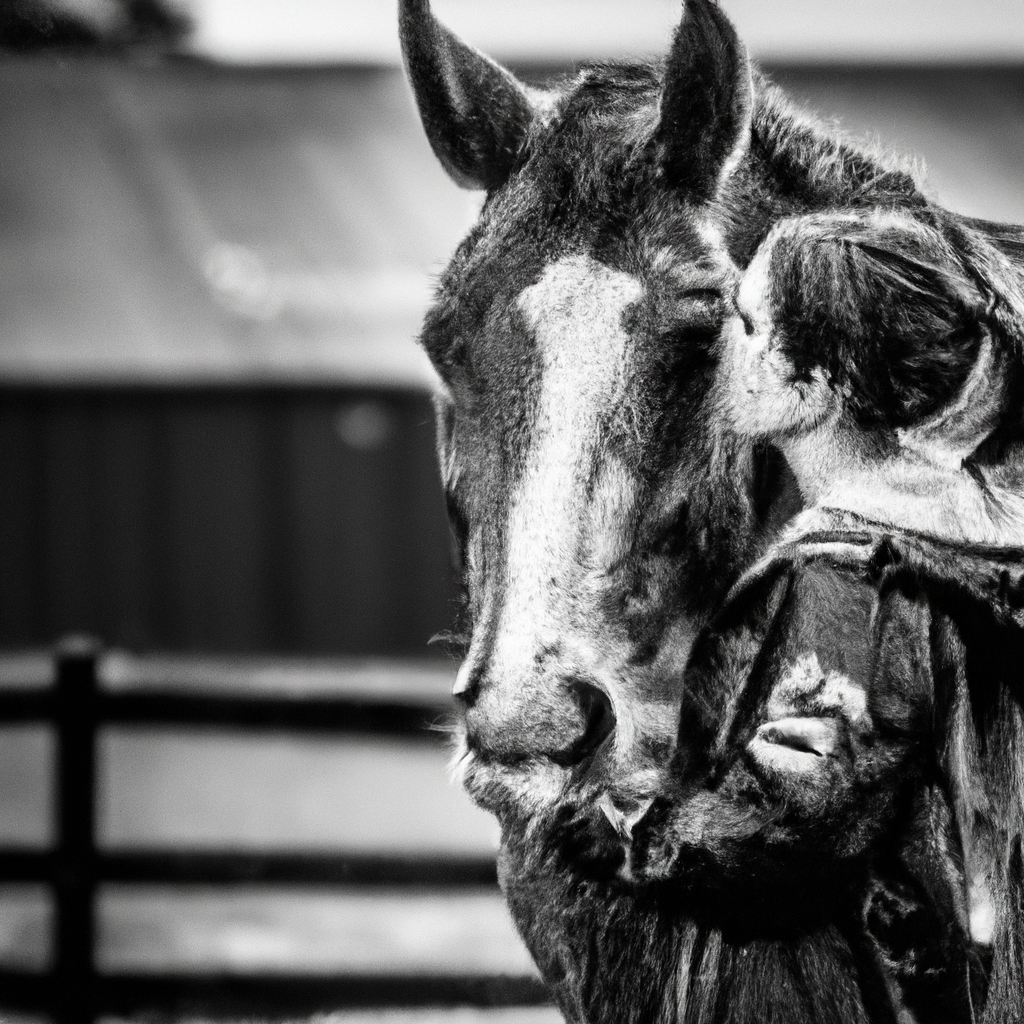
Addressing Aggression in Horses
Aggression in horses can stem from various causes, such as fear, pain, frustration, or sickness. It’s a serious issue that should not be ignored.
Reasons Behind Horse Aggression
Before you attempt to address aggressive behavior, seek to understand what’s causing it. A horse might become aggressive due to illness, fear, or a negative experience. Understanding the reason is the first step towards an appropriate solution.
Preventing Aggressive Horse Behavior
Preventing aggressive behavior often comes down to ensuring your horse’s physical and emotional needs are met. A safe environment, good nutrition, regular exercise, and kind treatment can all help to prevent aggressive behavior in horses.
Dealing with Aggressive Horses Safely
Safety should always come first when dealing with aggression. Working with an aggressive horse can be dangerous, and it’s often best to seek professional help in these situations.
The Importance of Patient Handling
Patience is vital in every aspect of horsemanship.
Practicing Patience in Horse Training
Trojan patience in horse training can improve your relationship with your horse, and can lead to better training outcomes. Horses can sense and respond to our feelings, and if you’re feeling frustrated or impatient, your horse is likely to pick up on it.
Reasons Why Rushing Can Ruin Respect
Rushing through tasks or training can ruin the respect your horse has for you. Not only does it likely lead to poor results, but it also communicates to your horse that you’re not considering their feelings or comfort.
Building Patience in Your Horse
Finally, it’s not just about you being patient. Your horse also needs to learn patience. Whether it’s standing still while tied or waiting quietly for their dinner, horses can learn to be patient if we reinforce these behaviors in a positive and calm way.
